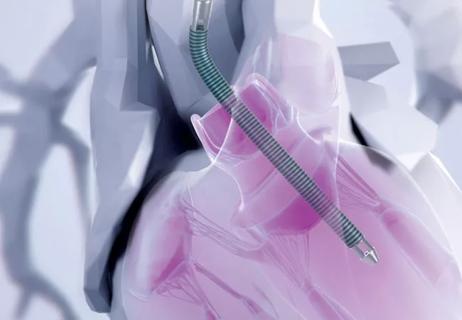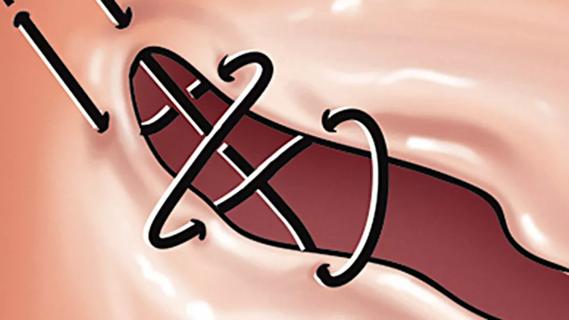Advertisement

Cleveland Clinic series finds favorable long-term results with this high-risk operation

International experts provide a guide for rapid decision-making focused on transcatheter options

Surgeons credit good outcomes to experience with complex cases and team approach

For many patients, repair is feasible, durable and preferred over replacement
Advertisement
Cleveland Clinic is a non-profit academic medical center. Advertising on our site helps support our mission. We do not endorse non-Cleveland Clinic products or services. Policy

In experienced hands, up to 95% of patients can be free of reoperation at 15 years

Multidisciplinary teams can deliver good short- and long-term outcomes, Cleveland Clinic experience shows

Experience and strength in both SAVR and TAVR make for the best patient options and outcomes

Ideal protocols feature frequent monitoring, high-quality imaging and an inclusive team approach

Age and other factors figure into the choice among SAVR, TAVR, Ross, Ozaki and more

Optimally timed valve replacement depends on an expert approach to nuanced presentations
Advertisement
Advertisement